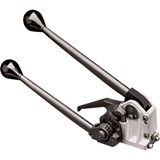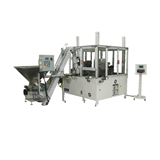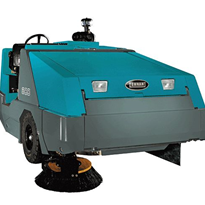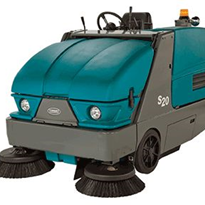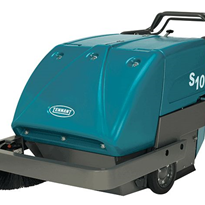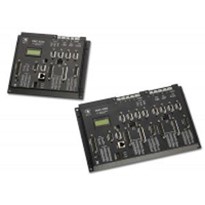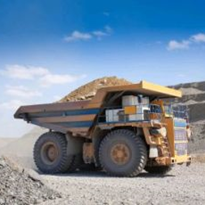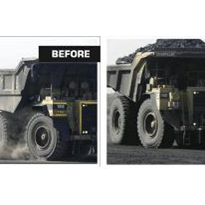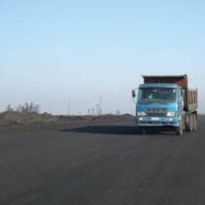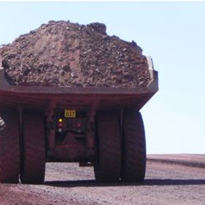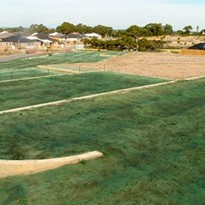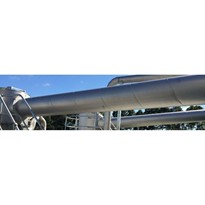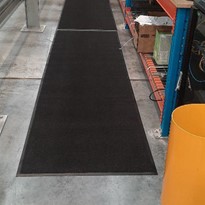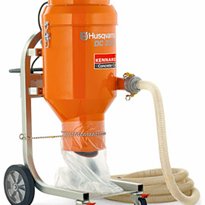Dry Sweeping with True HEPA Filtration Protection
Many of our larger rider sweepers come standard with a unique combination of our exclusive built-in dust control features like the SweepMax® Plus cyclonic air filtration system. Dry sweeping with an additional final-stage HEPA filtration system is an alternate method in applications where other methods, such as wet sweeping or HEPA vacuums, are not feasible.
Support your dry sweeping dust exposure control plan and work towards WHS compliance by choosing equipment with true HEPA filtration systems. Supplier tested and certified, Tennant’s High Efficiency Particulate Air Filters meet strict industry standards, trapping particles as small as 0.3 microns and delivering at least 99.97% efficiency.
For additional operator protection, HEPA-pressurised cabs fitted with a Magnehelic pressure gauge are available on select models, along with external dual brush dust suppression skirts.
Wet Sweeping
Wet sweeping is effective in most applications. Several Tennant Rider Sweepers can be used for wet sweeping. Providing a continual water spray provides a shield of moisture on side brushes so that silica dust is kept moist until it is swept up and contained within the hopper. This method is also included in SafeWork Australia’s housekeeping policies for silica dust control.1
Water Flooding
In some applications, another effective way to help control and manage silica dust is water flooding. A range of Tennant scrubbers, including walk-behind and ride-on machines, can be used for water flooding. Operators can increase scrubber water flow to the floor, which helps to stop dust from becoming airborne.
To learn more about how you can solve Silica Dust Business challenges and Tennant Australia’s latest product innovations, check out the website or reach out to our customer service team.
Footnotes & Sources
1. https://www.safeworkaustralia.gov.au/choosing-and-implementing-control-measures-silica-dust


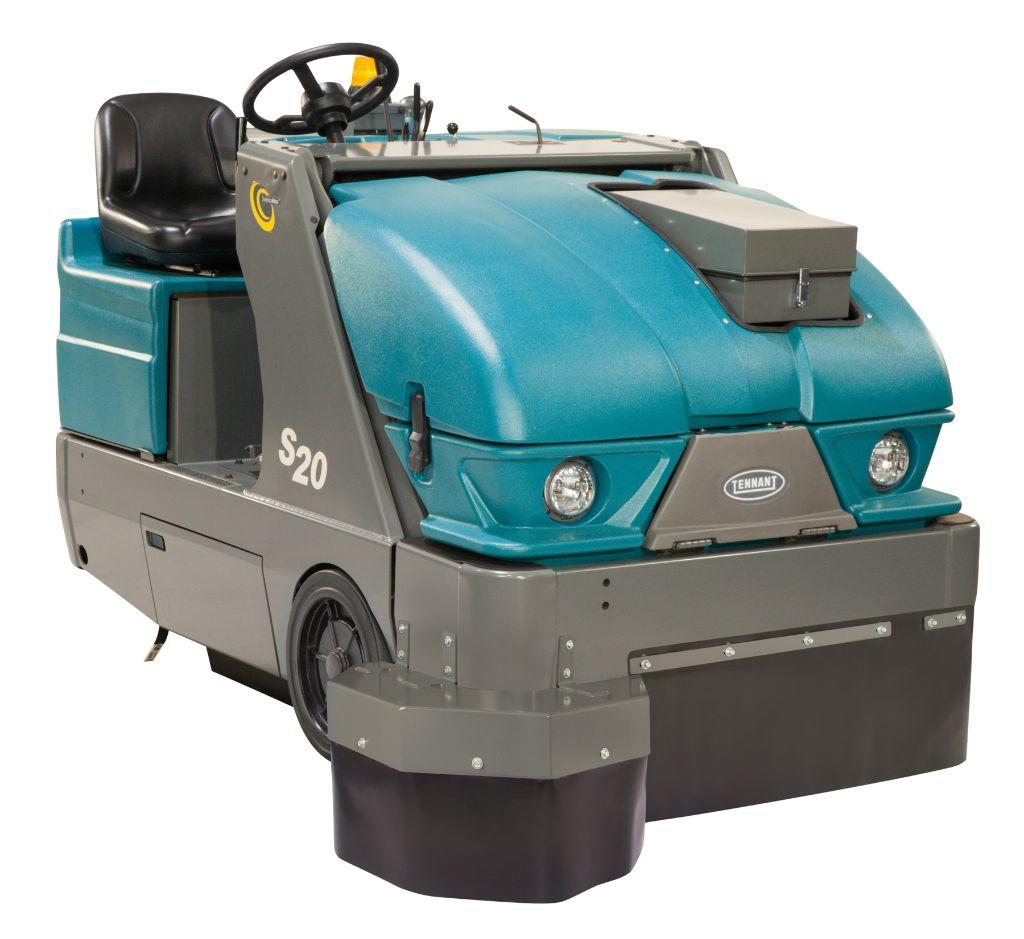




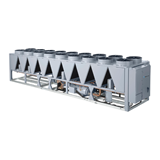



-160x160-state_article-rel-cat.png)
-160x160-state_article-rel-cat.png)
-160x160-state_article-rel-cat.png)
